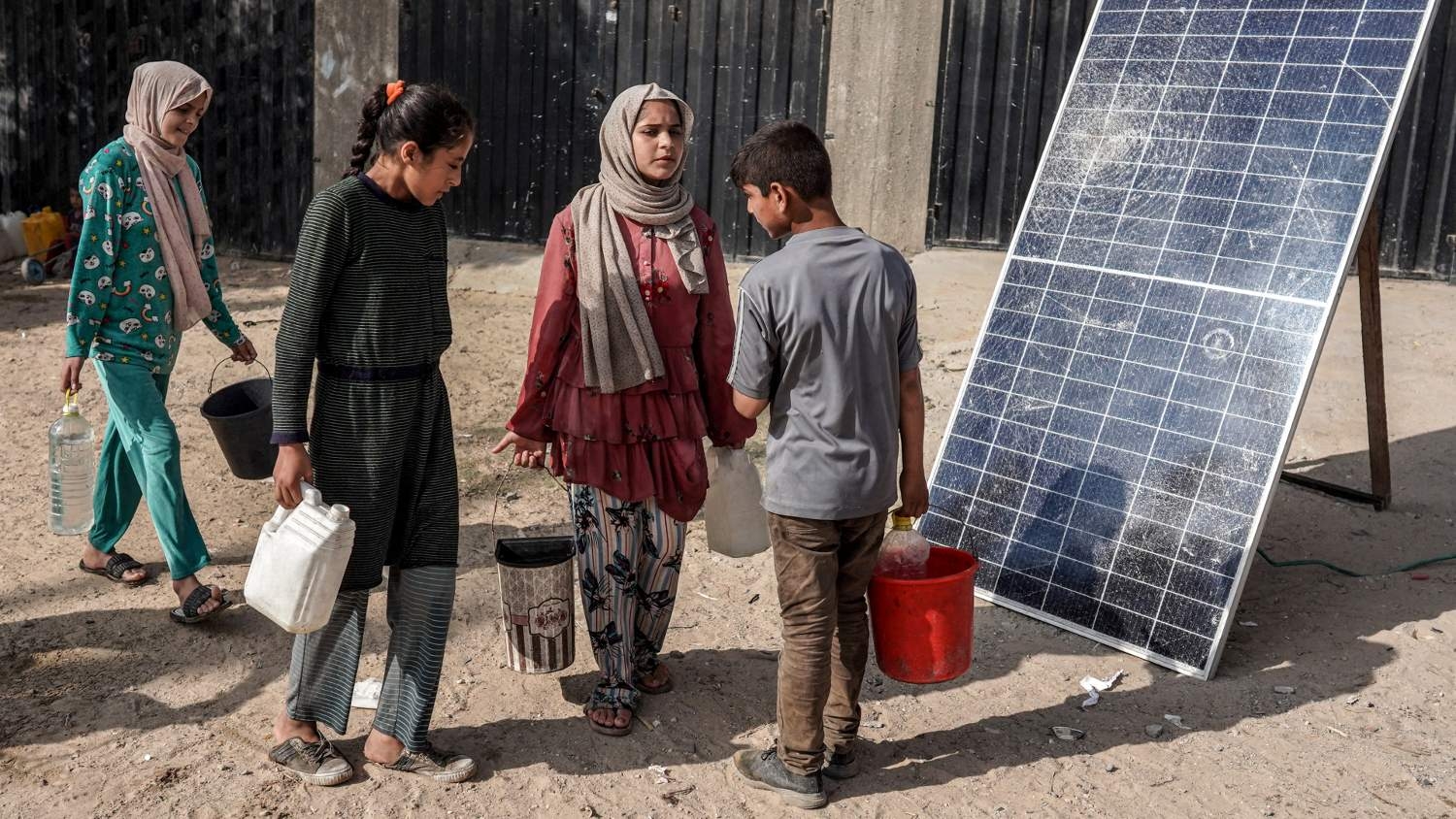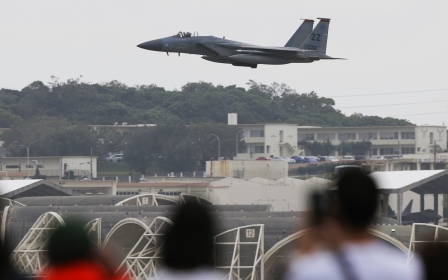Israel's war on Gaza caused major environmental damage, UN says

Israel's war on Gaza has created an unprecedented environmental crisis in the enclave destroying sanitation systems, leaving tonnes of debris from explosive devices and causing major pollution, the United Nations said on Tuesday in a new report on the environmental impact of the war.
The report found that explosive weapons used in the war have generated around 39 million tonnes of debris, with every square metre of Gaza littered with more than 107kg of debris on average.
It also found that water, sanitation and hygiene systems in Gaza are almost entirely defunct, with the strip's five wastewater treatment plants shut down.
"All of this is deeply harming people's health, food security and Gaza's resilience," said UN Environmental Programme (Unep) Executive Director Inger Andersen.
Israel's war is exacerbating an already deteriorating environment in Gaza, where over 92 percent of water was deemed unfit for human consumption in 2020.
New MEE newsletter: Jerusalem Dispatch
Sign up to get the latest insights and analysis on Israel-Palestine, alongside Turkey Unpacked and other MEE newsletters
Israel has also targeted the small environmental gains Gaza had made in its attacks on the area's solar panels.
Gaza had one of the highest densities of rooftop solar panels in the world, but Israeli forces have destroyed a large swathe of its solar infrastructure.
"It is my opinion that large areas of Gaza will not be recovered to a safe state within a generation, even with limitless finance and will," Eoghan Darbyshire, a senior researcher at the UK-based nonprofit Conflict and Environment Observatory, told Reuters.
A farmer in Gaza showcases the destruction caused to his farm by airbourne aid drops, pleading for aid to be distributed in a different way in a video taken by Palestinian journalist Rabie Abu Noqaira. pic.twitter.com/ERuoOzBJRL
— Middle East Eye (@MiddleEastEye) June 19, 2024
The UN report came as a result of a request from the Palestinian Environment Quality Authority in December, in which it called on Unep to look into environmental damages in Gaza.
Climate change and Israel's attacks on environmental infrastructure have long plagued Gaza and other parts of occupied Palestine.
After the Nakba, which refers to the ethnic cleansing and destruction of Palestinian communities in 1948 by Zionist forces, the Jewish National Fund planted monoculture forests of pine trees, often on the ruins of Palestinian villages.
Israel's Society for the Protection of Nature revealed in 2013 that the JNF's projects had a devastating impact on local biodiversity.
In 2021, Fadel al-Jadba, director of the Department of Horticulture for the Ministry of Agriculture in Gaza, told Middle East Eye that there had been a noticeable decline in agricultural production in the past decade.
For example, in 2010, Gaza counted 16,815 dunams (4,155 acres) of olive trees that produced 15,386 tonnes of olives, while in 2021, 32,850 dunams (8,117 acres) planted with olive trees only produced 10,000 tonnes of fruit.
In 2020, Gaza saw no more than 30 rainy days, compared to 42 rainy days in 2018, according to Karam al-Aour, an environmental specialist at the Water Authority in Gaza.
Israel does not allow water to be transferred from the occupied West Bank to Gaza, and the enclave's only freshwater aquifer has been "depleted by over-extraction and contaminated by sewage and seawater infiltration", according to Amnesty International.
In December, Palestinian climate activists boycotted the UN climate summit in Dubai in protest of Israel's war on Gaza.
Middle East Eye delivers independent and unrivalled coverage and analysis of the Middle East, North Africa and beyond. To learn more about republishing this content and the associated fees, please fill out this form. More about MEE can be found here.




